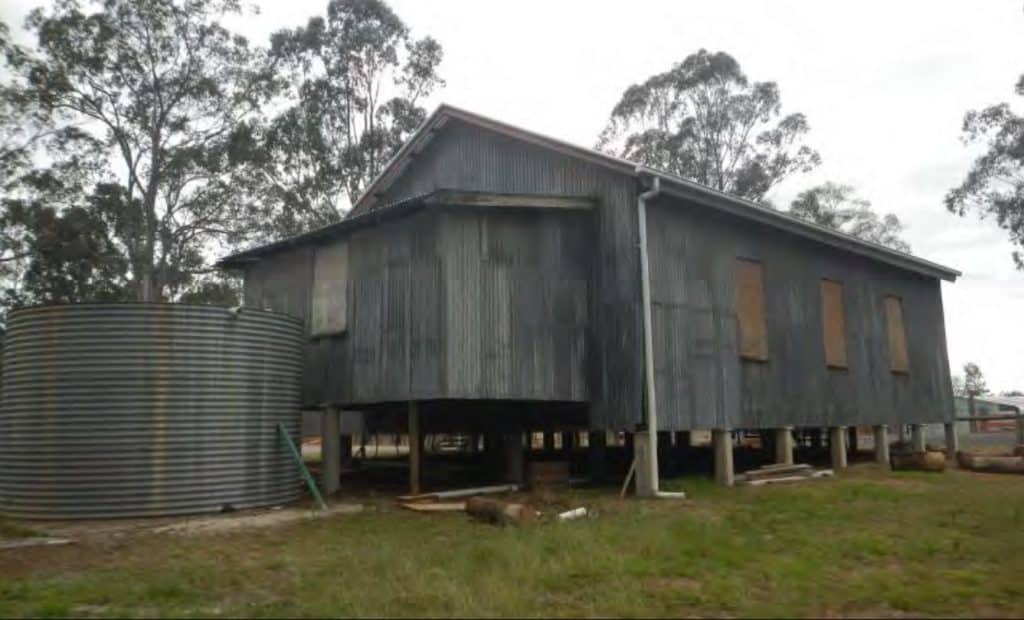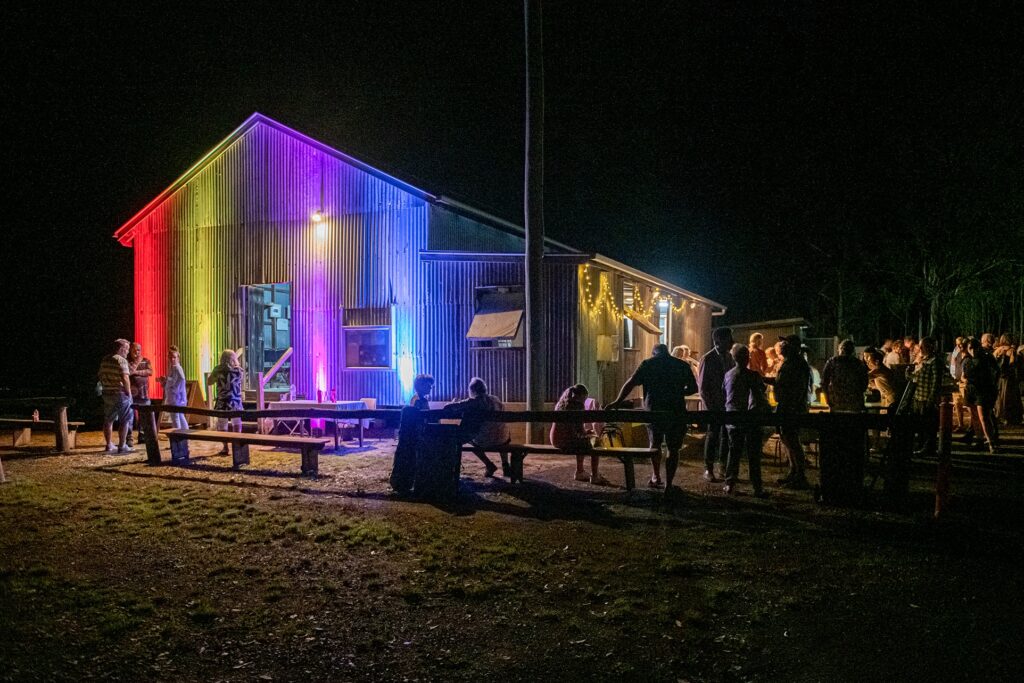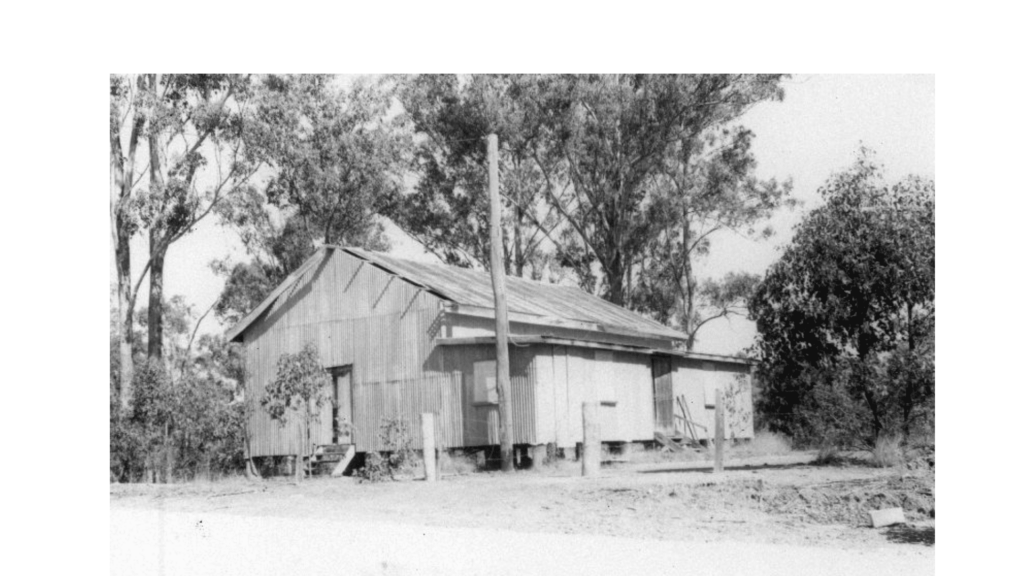
The Waterloo Hall was officially opened 112 years ago on 10 June 1911 with a ball which had 150 people dancing until morning on its Flindersia (yellow wood) wooden floors.
It has witnessed a lot since then – floods and fires, big dances, sporting competitions and meetings.
The hall is located in the district of Waterloo, on land which was originally established as a sugar cane plantation and mill.
During its time the hall has seen young men of the district gathered there to march off to wars and it was the place for families to celebrate the return or mourn the loss of their loved ones.
Listed among Bundaberg Regional Council’s Local Heritage Places Waterloo Hall is now utilised for community barbecues, weddings, markets, cultural celebrations and more.

Originally the Waterloo Hall, situated along Waterloo Hall Road, was built on land owned by Waterloo Ltd the owners of the local sugar mill, and leased to the community for 25 years, with an option to renew.
The mill company contributed funds to the construction of the hall and cleared the land with the remainder of the cost raised by the community with the hall committee erecting the building.
Like all community halls, it was a popular venue for dances, as well as a meeting place for the community. The hall even became a school (by correspondence) after the Waterloo School closed in 1955.
Electricity was connected to the hall in 1961. The Gooburrum Shire Council later assumed ownership of the hall.
The hall fell into disrepair and in 1990 plans were mooted to demolish it. However, the community determined to restore the hall.
The hall is a low-set timber structure on concrete stumps, clad with corrugated iron sheeting and features a gable roof also clad with corrugated iron. An annex with skillion roof spans the whole length of the northern elevation.

The hall demonstrates an uncommon aspect of the region’s history because it is externally clad in corrugated iron, rather than timber weatherboards which were more common external cladding for halls in the Bundaberg Region constructed in the early twentieth century.
The Waterloo Roll of Honour, commemorating WWI and WWII and consisting of a light-coloured granite cairn on a concrete base with a black tablet attached at the front, is situated next to the tennis court.
Waterloo Hall’s heritage significance
The Waterloo Hall is important in demonstrating the evolution of the region’s history.
The hall reflects the closer settlement of the Waterloo district and its growing population at the time the hall was constructed, as well as the importance of the Waterloo sugar mill to the local community.
It also demonstrates the pattern of the region’s history, in particular the establishment of community halls in rural communities as focal point for social and cultural activities.
It shows the principal characteristics of community halls in the region constructed in the early 1900s, primarily consisting of a large internal space used for dances and other social events, as well as a tennis court reflecting the associated use of halls for sporting act.
More recently, the Waterloo Hall remains well utilised and has even featured in the Festival of Small Halls touring event.
